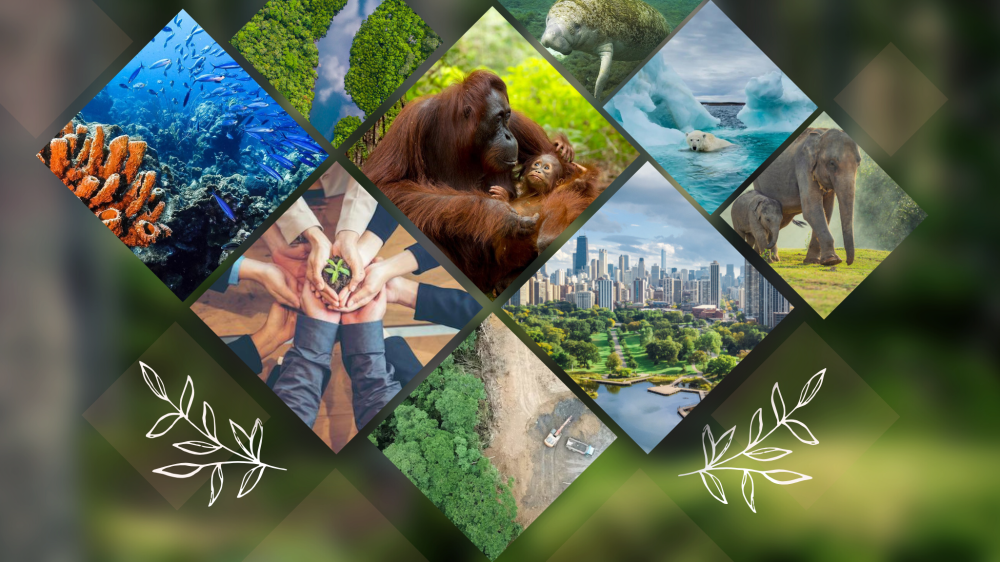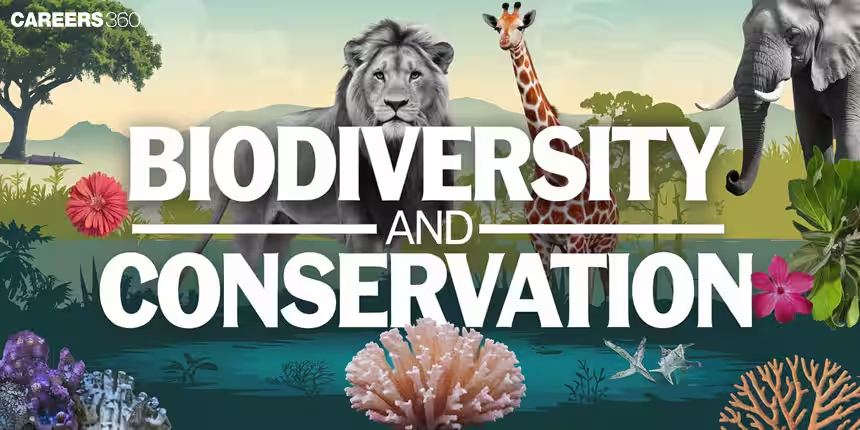Prologue: A Story of Two Worlds
In a remote valley of Bhutan, farmers tend to rice fields alongside cranes that migrate each winter. Here, human life and wildlife are intertwined, and coexistence is not an abstract concept but a lived reality. Contrast this with urban expansion in many parts of the world, where forests are bulldozed, rivers dammed, and species displaced. These two worlds reflect the crossroads humanity faces: will biodiversity be something “protected in isolation,” or will it be integrated into the fabric of human development?
Part I: Beyond Traditional Conservation
1.1 The Limits of Fences and Boundaries
Conservation historically meant setting aside protected areas—national parks, reserves, and sanctuaries. While crucial, this approach often isolates biodiversity from human society. Animals confined to reserves face shrinking habitats, while surrounding communities may view conservation as an obstacle to economic opportunity.
1.2 The Fragmented Landscape Problem
Species such as elephants or tigers require vast habitats beyond the confines of parks. Human settlements fragment these landscapes, making traditional protection insufficient.
1.3 Conservation Fatigue
In many regions, “fortress conservation” has led to tension with local communities, generating resistance rather than cooperation. Without local buy-in, even well-funded projects struggle to succeed.
Part II: Rethinking Strategies—From Protection to Coexistence
2.1 Integrated Approaches
Instead of viewing nature as separate from people, coexistence strategies embed biodiversity into everyday landscapes. Agroforestry, eco-friendly cities, and wildlife corridors allow species to thrive within human-dominated areas.
2.2 Valuing Ecosystem Services
Coexistence requires recognizing the tangible and intangible benefits of biodiversity: clean water, pollination, cultural identity, and spiritual value. Payment for ecosystem services (PES) programs—such as compensating farmers for maintaining forest cover—translate biodiversity into incentives.
2.3 Policy Innovation
Governments are experimenting with legal frameworks that treat nature as a rights-bearing entity. For instance, New Zealand granted the Whanganui River legal personhood, reframing human–nature relations.
Part III: Global Case Studies
3.1 Costa Rica’s Forest Revival
Costa Rica reversed deforestation through eco-tourism, forest payment schemes, and education. Forest cover expanded dramatically, proving coexistence can fuel both biodiversity and economic prosperity.
3.2 India’s Community-Led Tiger Reserves
Community-managed buffer zones around tiger reserves provide sustainable livelihoods while maintaining safe habitats for big cats. This model reduces conflict and builds trust between humans and wildlife.
3.3 Urban Biodiversity in Singapore
Singapore integrates green roofs, vertical gardens, and urban wetlands, showing that biodiversity can flourish even in highly urbanized environments.

Part IV: Challenges to Coexistence
4.1 Human–Wildlife Conflict
Crop raids by elephants or livestock predation by wolves highlight the friction between coexistence ideals and daily realities. Without mitigation measures, coexistence risks becoming a utopian vision.
4.2 Economic Inequality
Poor communities often depend directly on natural resources. Without addressing inequality, asking them to prioritize biodiversity can be unrealistic.
4.3 Climate Change Uncertainty
As climate change reshapes habitats, coexistence strategies must remain adaptive. Species ranges shift, requiring flexible conservation frameworks.
Part V: Toward a New Paradigm
5.1 Coexistence as a Cultural Shift
Biodiversity protection is no longer just a technical matter—it requires cultural transformation. Education, media, and storytelling must cultivate empathy for other species.
5.2 Multi-Stakeholder Governance
Governments, NGOs, local communities, scientists, and businesses must collaborate. Coexistence thrives when decision-making is inclusive, recognizing diverse forms of knowledge.
5.3 Technology for Coexistence
- AI and drones monitor wildlife movements to prevent conflicts.
- Blockchain systems track sustainable supply chains, ensuring products do not contribute to deforestation.
- Biomimicry in design creates cities that function more like ecosystems.
Epilogue: Choosing Coexistence
The future of biodiversity depends not only on how much land is fenced off for nature, but on how humans choose to live with the rest of life on Earth. Conservation has evolved—from protecting isolated sanctuaries to reimagining coexistence as the basis of development.
The story from Bhutan reminds us that harmony is possible: when humans see themselves not as separate from ecosystems but as participants within them, both people and nature thrive. In this sense, the future of biodiversity is inseparable from the future of humanity itself.
















































